Italian Christmas desserts have an important place in holiday tradition. The festive desserts, made using love and care give a wonderful glimpse into the rich history of Italian cuisine. From the delicate, soft beauty of Panettone to the golden syrupy delights of Struffoli every dessert adds a distinct taste and story to your dining table. If you are interested in the roots of the recipes, cooking methods as well as the significance to culture of these renowned sweets you will be able to bring the warm and happiness of the Italian Christmas to your home. This article will guide you through the process step-by-step making these sweets, while giving tips on how to make your festive treats memorable.
How to Make Italian Christmas Desserts Step-by-Step
The creation of Italian christmas desserts demands not just some specific ingredients, however, a passion for the tradition. By paying attention to the smallest of details and an obsession for high-quality it is possible to bring back the joy of these delicious sweets right within your kitchen.
Panettone: The Quintessential Italian Christmas Dessert
Panettone is frequently considered to be the most coveted of Italian Christmas desserts. Its light, soft texture, coupled with the bursting of raisins and candied fruits is a favorite during the holidays. But, to achieve its distinctive delicateness demands precise preparation and care in handling.
Ingredients for Panettone
- 4 cups (500g) all-purpose flour
- 2 teaspoons of active dry yeast
- Half Cup (120ml) warm milk. 1/2 cup (120ml) warm
- 1 cup (100g) Sugar granulated
- 4 large eggs
- 1 teaspoon salt
- 1/2 Cup (115g) unsalted butter softened
- Half Cup (80g) Orange candied peels, chopped
- 1 Cup (80g) raisins submerged in water that is warm
- 1 teaspoon vanilla extract
- 1 teaspoon zest of orange
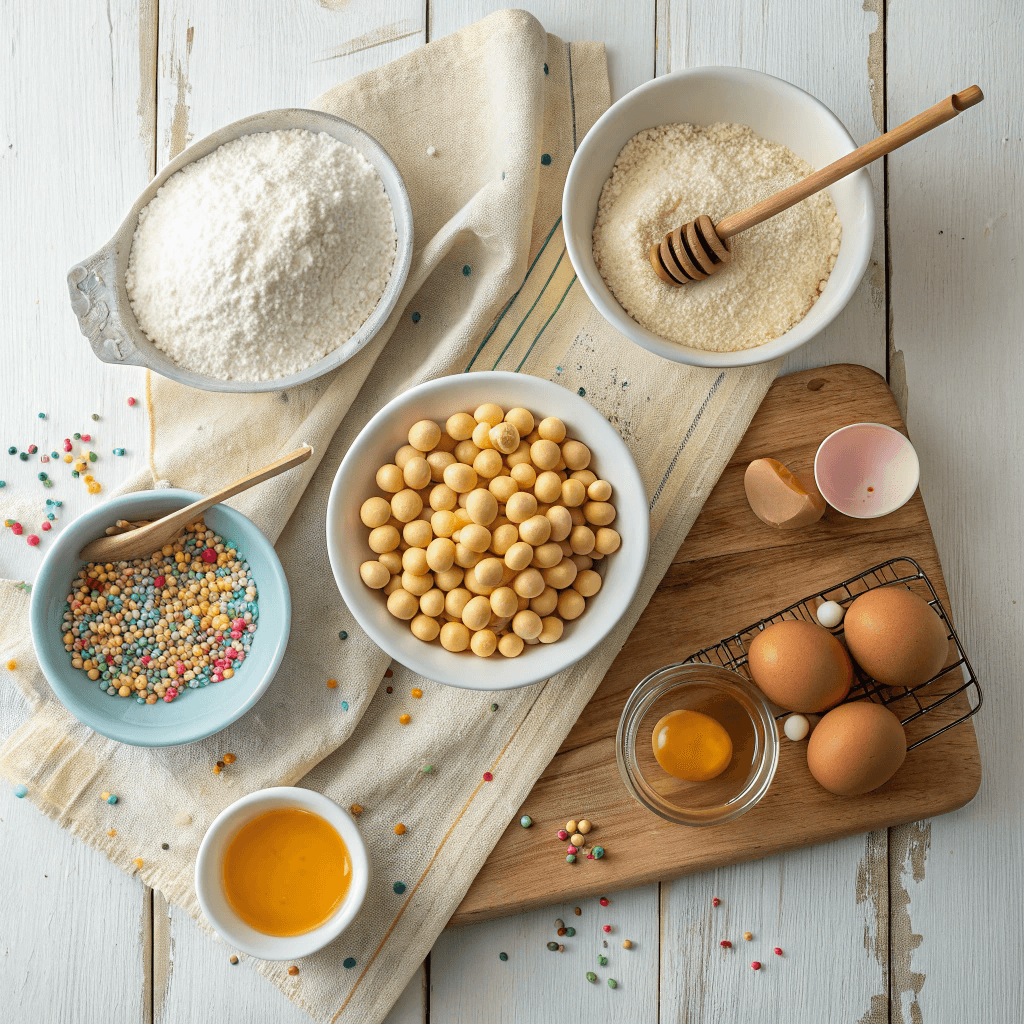
Preparation Steps
- activate yeast: Mix warm yeast with milk in a small bowl. moving the mixture with a gentle. Allow the mixture to rest for five to ten minutes before becoming the mixture is frothy. This will ensure that the yeast is active and working it’s magic.
- Prepare wet ingredients: Beat eggs in the large mixing bowl. Add including vanilla extract, sugar as well as orange zest. Mix until well mixed. Slowly pour the yeast mixture and make sure all ingredients are well-integrated.
- Mix dry ingredients together: Slowly sift flour and salt into the mix. Mix until a dough that is sticky develops, and then take it onto a lightly sprayed surface to be kneaded on.
- Then add Butter Gradually add butter: Cut butter that has been softened into smaller pieces, then knead into the dough, one chunk at one at a time. The process is time-consuming, but makes sure that butter’s absorption is complete making the soft feel of Panettone.
- Fold in the Fruits: Drain raisins and rub them dry. Fold them gently, together with candied orange peel into the dough, making sure they’re evenly dispersed.
- Initial Raise: Transfer the dough into a bowl that has been greased and cover it with plastic wrap, then leave it to rest in a warm, air-free area for a minimum of 2 hours, or until doubled in size.
- Form and second rise: The dough should be pounded down and form it into an oval. Put it into the Panettone mold or a high-sided baking pan. Let it rise after an hour or until it is at the top in the pan.
- Bake until Perfection: Preheat your oven to 350 degrees F (175degC). Cook the Panettone for between 40 and 50 minutes. After baking, the surface will be golden brown and a skewer placed in the middle should emerge free of any food particles.
Pro Tip:
To get the best results, allow the Panettone cool completely upside down so that it can retain its dome-like shape and soft texture.
Struffoli: A Festive Honey-Coated Delight
The Struffoli is a classic part of the selection of Italian Christmas desserts. Small, crispy dough balls that are coated with honey and decorated with vibrant sprinkles add a festive addition to your holiday table.
Ingredients for Struffoli
- 3 cups (375g) all-purpose flour
- 1/4 Cup (50g) Granulated sugar
- 3 large eggs
- 1/4 Cup (60g) unsalted butter melt
- 1 teaspoon salt
- 1 teaspoon lemon zest
- 1 teaspoon zest of orange
- 1.25 cups (240ml) honey
- Sprinkles for decoration
Preparation Steps
- Make the dough: In a large mixing bowl, mix sugar, flour and salt. Add citrus zest and lemon zest. Incorporate eggs as well as melted butter Mix until a firm dough develops.
- Then roll into ropes Split the dough in smaller parts. Each portion is then rolled into ropes that are about 1/2 inch thick. after which you cut into pieces.
- Deep Fry the Pieces: Heat oil in an oven deep enough to reach 375 degrees F (190degC). The dough pieces are fried in smaller batches until they are golden brown. Then, drain on towels to get rid of any oil.
- Warm the honey: In a large pan, heat honey until it is thinner and more runny.
- Layer and arrange: Toss the fried dough balls into the honey until completely coated. Arrange them in a pyramid on a platter to serve and sprinkle them with a sprinkle.
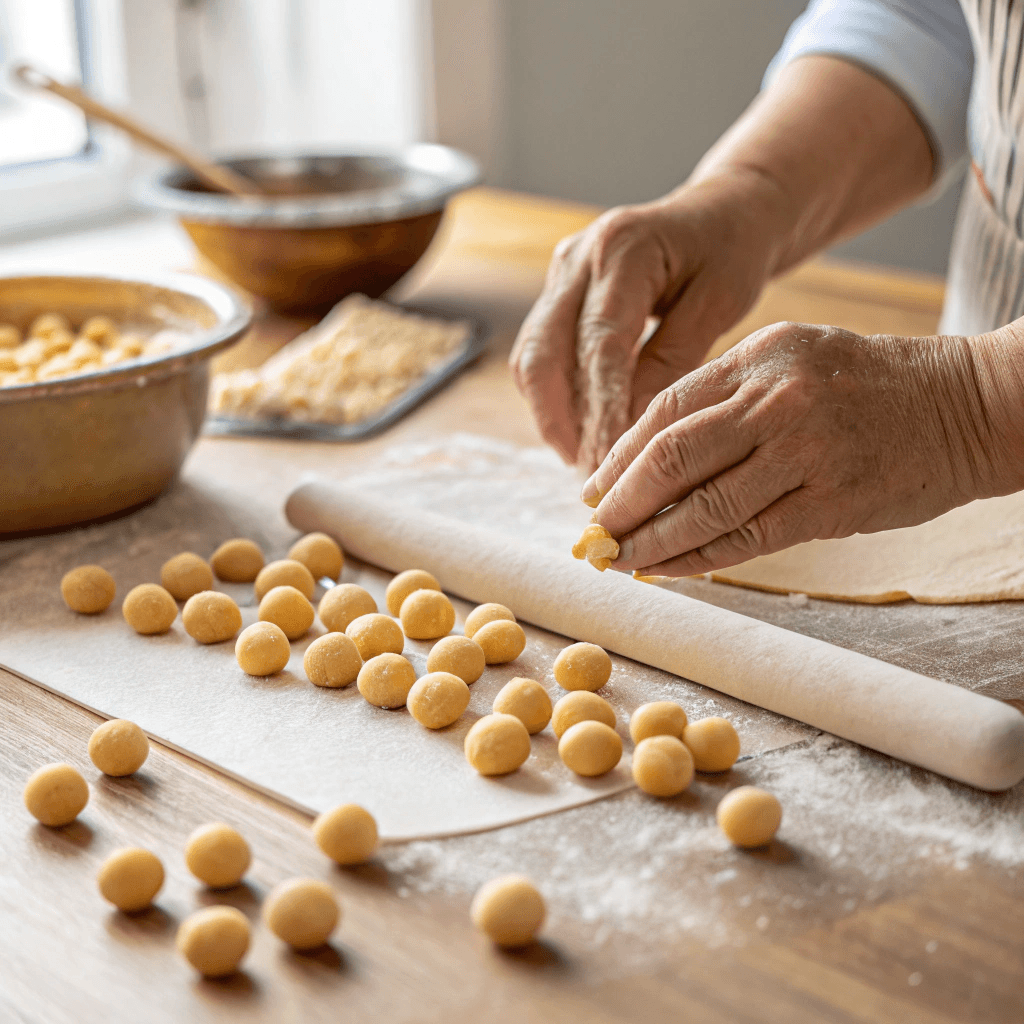
Pro Tips:
- Be sure to monitor the temperature of your oil so that the dough balls do not suffer from becoming scorched.
- To add a touch of citrus add fresh squeezed lemon juice on top of the Struffoli prior to serving.
Mastering Techniques and Timing
The art of making these Christmas italian desserts is more than just adhering to the recipe. The timing, temperature and method are essential to getting the most effective result.
For Panettone:
- The dough should be kneaded thoroughly, but slowly to create dough’s gluten but without making it too tough.
- Utilize a thermometer for ensuring that the milk is warm but not boiling, as this could cause yeast to die.
- Bake the bread on the middle rack in the oven in order to ensure an even browning.
For Struffoli:
- Bake the dough in smaller batches, ensuring an even temperature in the oil.
- The fried bits are gently tossed around to ensure that they don’t break.
Cultural Significance and Regional Variations
The Italian tradition of christmas desserts transcends tasting, and encapsulates the centuries-old tradition of family and culture traditions. In contrast, Panettone is linked to Milan, Struffoli hails from Naples and each one is a reflection of the rich culinary traditions of its area. They aren’t just foods, they’re an opportunity to tell stories as well as a way of communicating to loved ones and the chance to honor the rich culture of Italy. Through understanding their history and the techniques used, you’ll be able to include a little bit of Italy to the holiday celebrations you are hosting.
In the process of perfecting Italian Christmas desserts, adding a few final elements enhances their appearance and improves the taste. The act of garnishing and serving these dishes is equally important as the baking process, making sure they make a lasting impression for anyone who tries.
Final Steps for Panettone
Panettone is a work of art that requires careful and meticulous finishing for a festive display and flavor. This traditional Italian dessert for Christmas is not just a symbol of holiday cheer however it also showcases culinary talent.
Finishing Touches and Plating
- Glazing the top Once the Panettone is cool, apply a glaze on the surface with a mix of honey and butter. The process, though not mandatory is a great way to add a shimmer of gold and adds a sweet scent.
- Dusting Sugar Dust sugar powder generously onto the top of the cake for the appearance of snow. This decor is perfect for the Christmas season.
- Elegantly Plating: serve the Panettone in a pretty platter. Add a few sprigs of fresh rosemary or holly to give a traditional festive look.
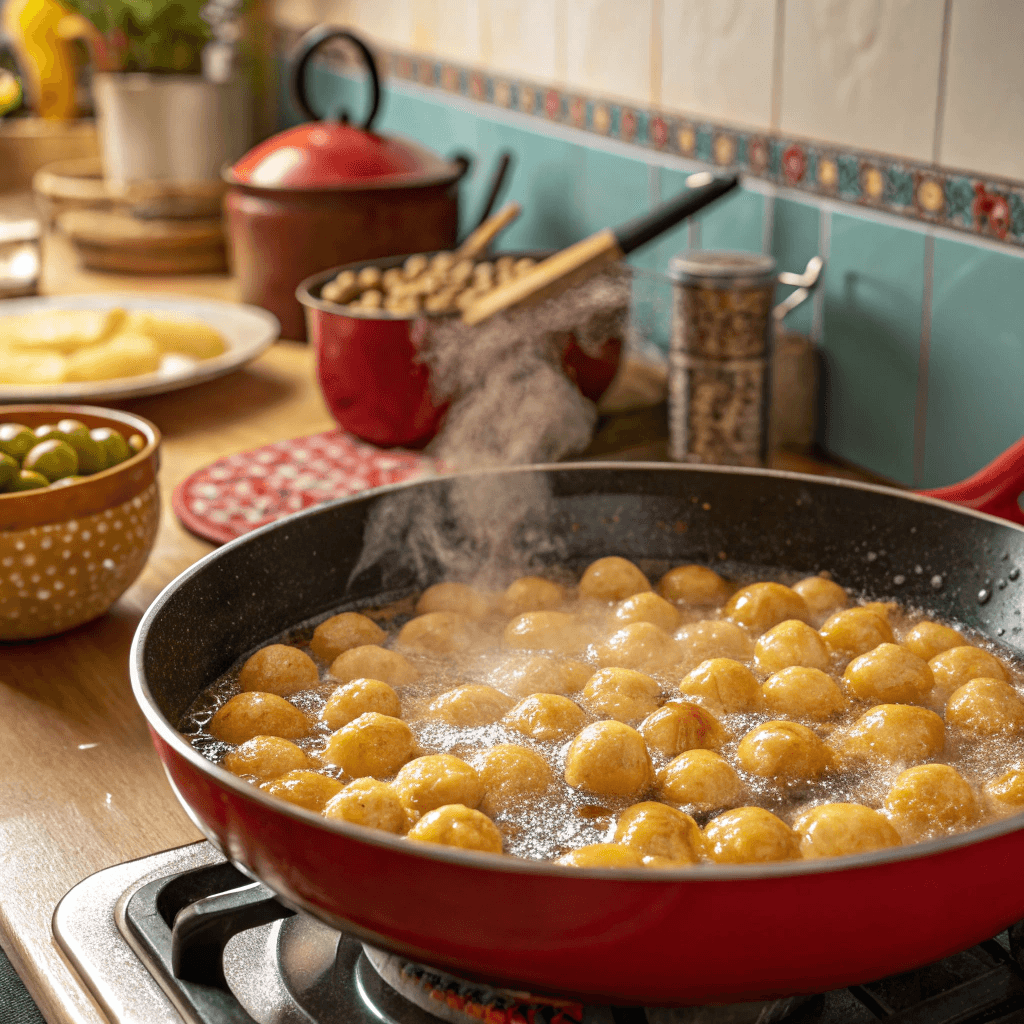
Final Steps for Struffoli
Struffoli is, while simpler than Panettone when it comes to preparation it is just as stunning when served. Honey-coated scrumptious morsels can transform into an enthralling centerpiece.
Arranging and Decorating
- Forming the Stack: Arrange the Struffoli in a wreath the shape of a pyramid. Utilize a bowl that is round as mould to ensure that your wreath is perfectly balanced.
- Decorating the Cookies: Sprinkle the stack with nonpareil, colorful sprinkles. To add a festive touch put a few candied cherries as well as edible gold leaves on top of those dough balls.
- Plate the Dish Serve Struffoli on the cake stand or on a big white plate to let the color pop. Place the dish on top of freshly cut citrus or greenery.
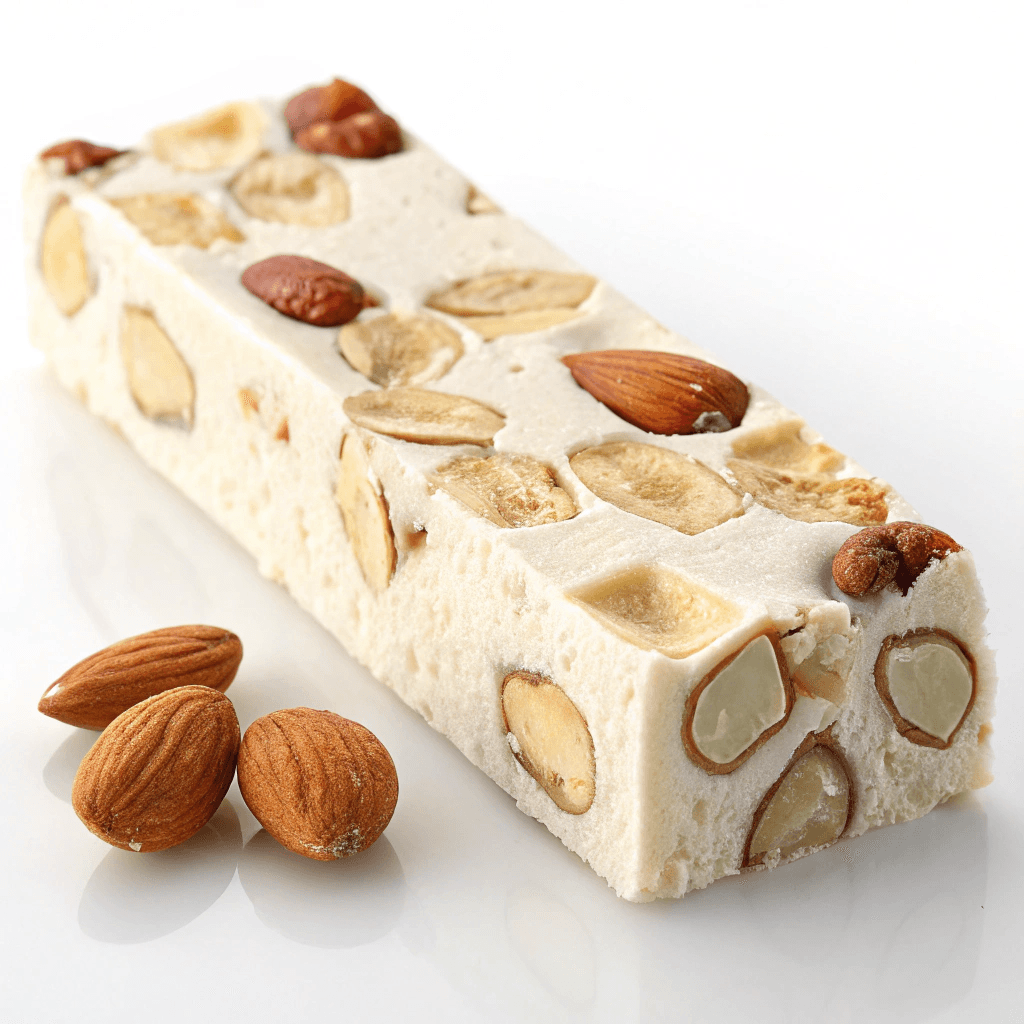
Pro Tips & Variations
Finding different methods to cook and serve Italian Christmas desserts is a way to experiment and respect for traditional recipes. In addition, catering to dietary requirements allows these dishes to be easy for everyone to enjoy.
Advanced Tips for Panettone
- Infused Flavors Infuse raisins with the spiced liquor of rum or orange before mixing it into the batter. This enhances the flavor and makes each bite unique fragrant.
- Chocolate Variation Alternate candied fruit for hazelnuts and chocolate chips to give an indulgence flavor.
- Mini Panettone: Divide the dough into smaller portions, then bake it in muffin tins so that you can produce individual servings. These make great gifts.
Creative Ideas for Struffoli
- Sweet Struffoli: Replace sugar in the dough by grated Parmesan as well as herbs. Mix the battered balls with olive oil, instead of honey, for the perfect snack that is savory.
- Vegan adaptation: Utilize plant-based butters as well as flaxseed in combination with water as eggs to make an alternative that is vegan friendly.
- Citrus Explosion Incorporate more zest or garnish with candied citrus peels to amplify the vibrant sweet, tart notes.
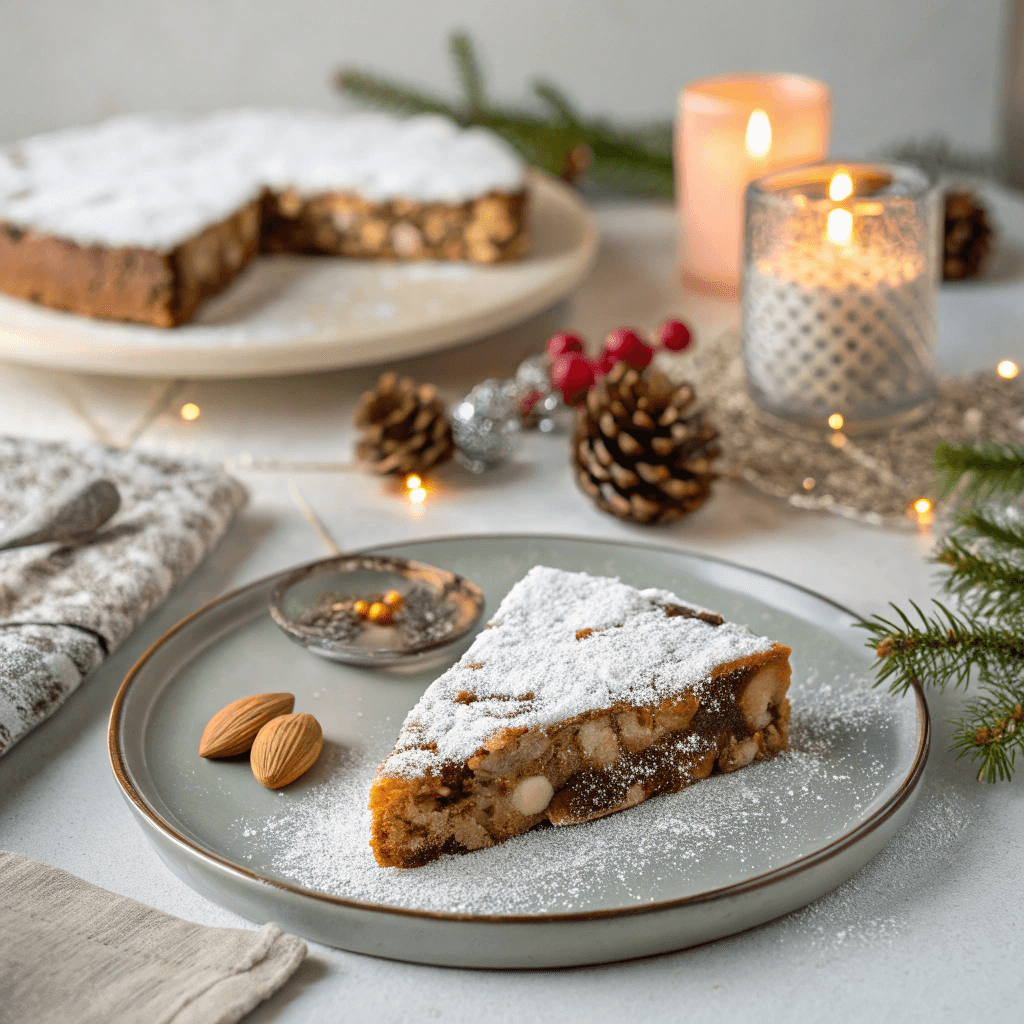
You can add a dash of delicacy to your dessert menu by giving it a try This is a traditional Boston cream cake recipe for Boston cream cake Ideal for all occasions.”
FAQs: Everything You Need to Know About Italian Christmas Desserts
What is the most delicious Christmas custom that is celebrated in Italy?
Panettone is without doubt one of the sweets that has been that is associated to Christmas across Italy. Its airy, light texture coupled with a burst of raisins and candied fruit is what makes it a Christmas favorite. But, sweets such as Pandoro or Struffoli are also popular in the festive season.
What are the most traditional Italian sweets?
Traditional Italian desserts cover a broad selection, which includes tiramisu cannoli, pannacotta and Zabaglione. In the festive season sweets like Panettone, Struffoli, Torrone and Panforte make an appearance every one with a distinct regional flavor profile and local origins.
What’s the Christmas menu in Italy?
A traditional Italian Christmas menu is typically comprised of various dishes, beginning with appetizers, then seafood, pasta, as well as roasted and cooked meats. Desserts such as Panettone as well as Struffoli and the sugary Moscato and Vin Santo, complete the menu.
What Italian desserts are a must-have at Christmas?
Alongside Panettone as well as Struffoli, Pandoro, a star-shaped cake that is sprayed with powdered sugar and Torrone is a nougat-based confection made from honey and nuts are both popular selections. In addition, Panforte, a spiced fruitcake that hails from Tuscany is well-loved due to its spongy and chewy consistency.
What is the best way to conserve Panettone?
To ensure its freshness, Panettone should be stored in a sealed airtight container or container. If you do not plan to use it within the next few hours cutting it into slices and wrapping them in plastic wrap will ensure they keep their taste and texture.
Is Struffoli possible to make prior to time?
It is true that Struffoli could be cooked in advance. Cook the dough into balls, then keep them in a sealed container. But, you should coat them with honey, and decorate them just before serving, to ensure the crispness of their appearance and.
Conclusion
Italian Christmas desserts capture the joy and warmth of Christmas. Panettone and Struffoli and Struffoli, both with rich stories and delicious flavors provide the chance to explore Italy’s holiday customs firsthand. If you stick to traditional recipes or explore new and innovative recipes, these sweets are sure to bring joy to the dinner table. Take advantage of the beauty of Italian baking for Christmas and make memories that last a long time.

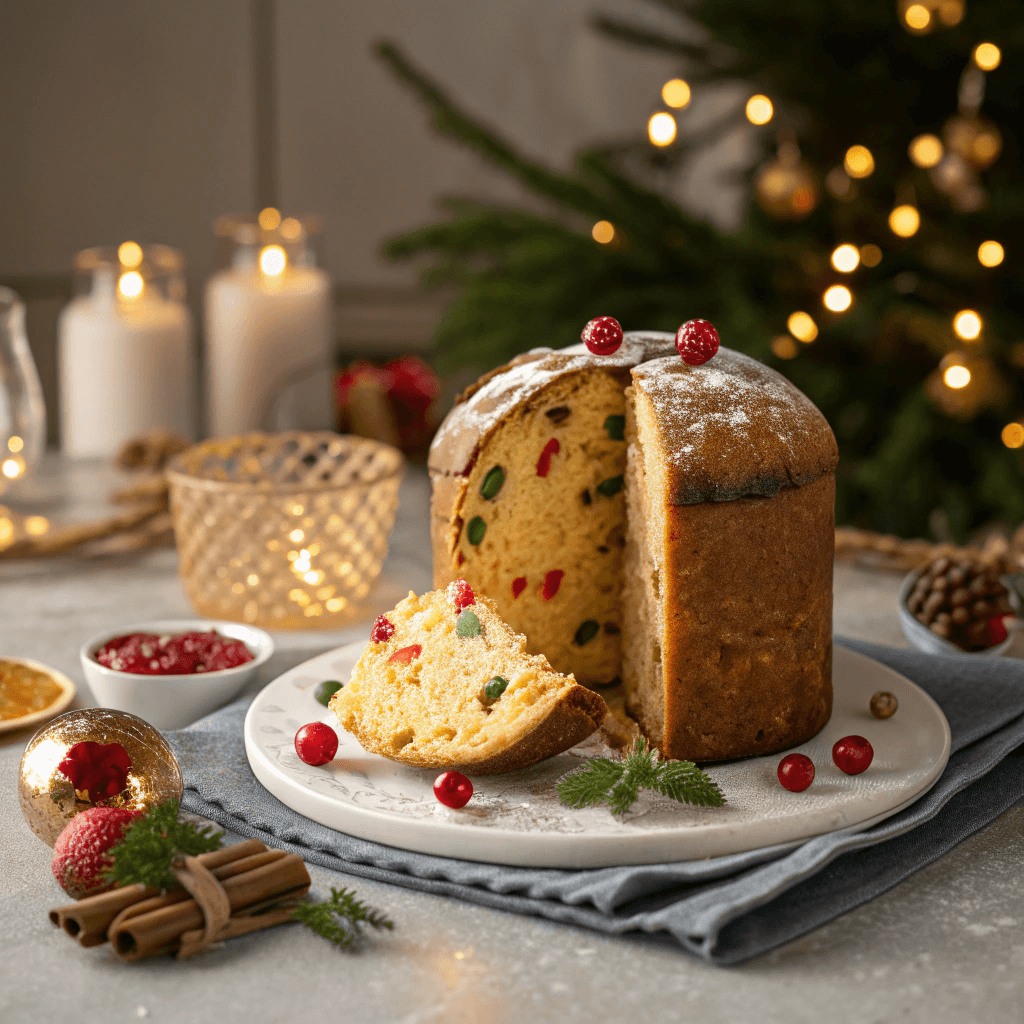
1 thought on “Italian Christmas Desserts: A Guide to Traditional Holiday Sweets”